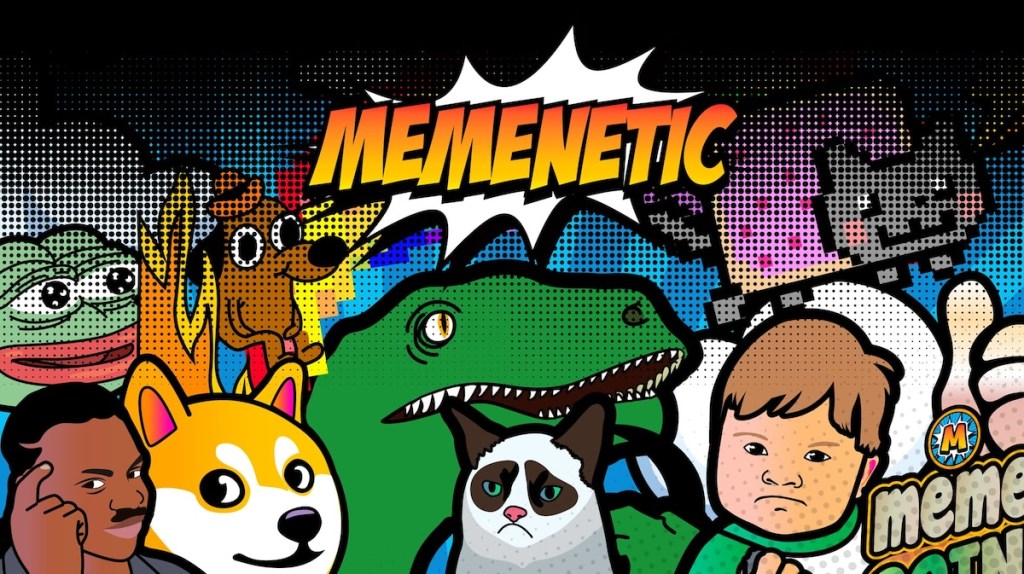Memes have become a common form of humor in the digital realm, especially among younger generations. Now, memes are even shared to express certain feelings or actions in one’s life, making them a popular way to laugh with others online.
Memenetic allows users to create and share their memes with the world. This is especially popular among Gen Z, who use memes frequently to communicate with friends.
The humble beginnings of memes
Memes initially became popular during the internet’s popularity from the 1990s to the early 2000s, when users shared laughs in chat rooms or over email. One of the first widespread memes was a gif of a dancing baby, which even made its way onto television, demonstrating its worldwide popularity.
After that, bold, white font captioned images became popular. This format is still popular today, although it is often used ironically for younger generations. Websites like MySpace, Facebook, Twitter, TikTok, and Instagram can be accredited with popularizing meme-sharing amongst online users.
Memes’ evolution
Although memes were once used as jokes, they are now mainstream cultural references. Popular memes like the peanut butter baby and the “this is fine” cartoon dog are references that younger generations quickly recognize. Being exposed to these memes numerous times makes them easy to refer to in a digital age where everyone can access the same findings.
Memes ultimately reflect societal changes—what was once a humorous take on unserious topics has become a way to demonstrate political and social commentaries. Sharing memes goes beyond simple jokes and is now essential for younger audiences to speak their minds.
Memes in mainstream pop culture
As older forms of media adapt to modern interests, it’s evident that memes are prevalent in talk shows, TV shows, movies, and advertisements. Ads have become increasingly meme-centered, making light of their products and using humor to attract people’s attention.
“Brain rot” is a popular term that makes fun of the low-quality media people consume. Yet, large franchises are taking advantage of this opportunity, using “brain rot” to make fun of themselves for advertising purposes. Memes have become a central part of communication worldwide.
The rise of Memenetic
Understanding and creating memes to communicate with others is more important than ever. Memenetic allows people to create their own memes, allowing them to show off their creativity, humor, originality, and opinions.
Memes are so prevalent that Memenetic saw over 467,289 memes downloaded from their platform in the first week of their launch. There’s no doubt that people are interested in a place where they can be creative and share others’ creativity.
The future of memes is here
Worldwide, internet users will continue to see memes shape communication and entertainment. Memes will undoubtedly integrate with rising technology like virtual reality and AI-powered platforms, solidifying their place in culture.
Memenetic hopes to become a centralized platform for people to find relevant, funny memes and create inspiring content. As memes have grown, platforms are arising to meet the growing desire for meme-forward content. Memenetics can become a powerful tool to help shape future viral memes.
VentureBeat newsroom and editorial staff were not involved in the creation of this content.

